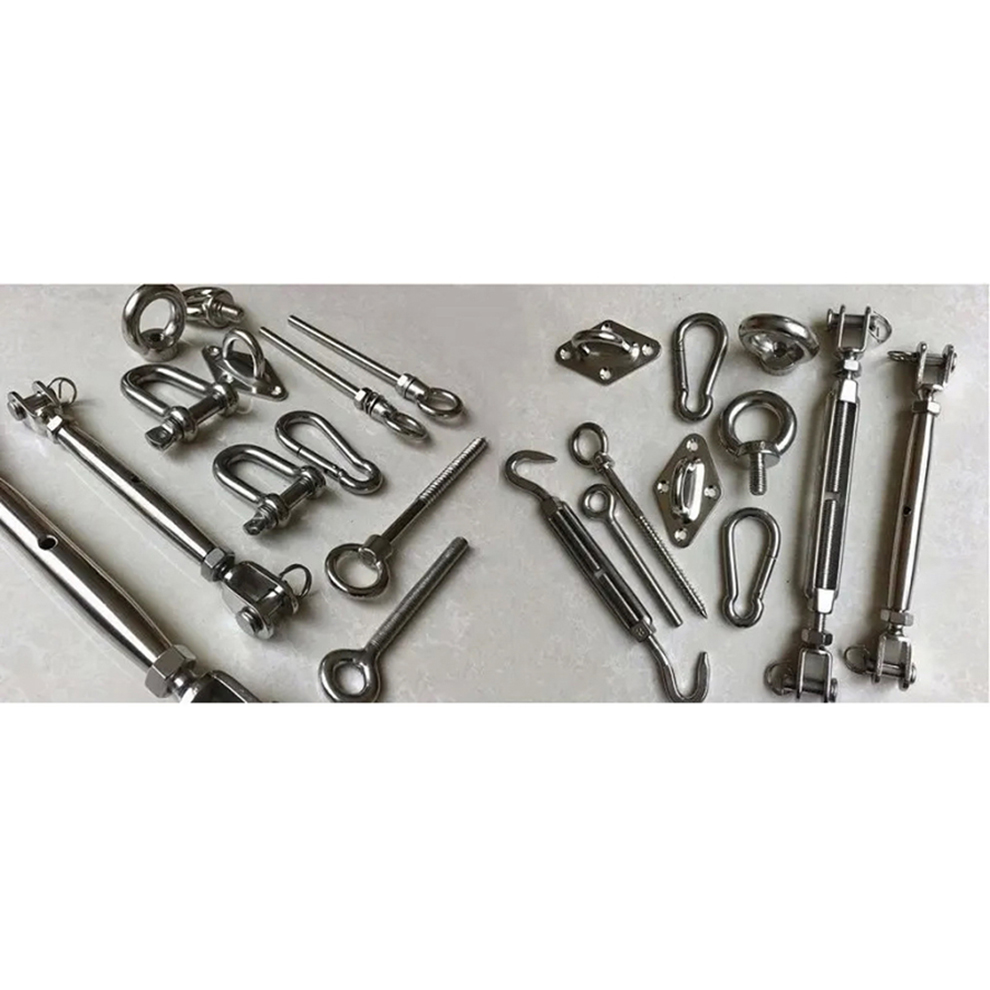Low carbon in the flooring industry is imperative
In recent years, the global shift toward a low-carbon future has become increasingly urgent. As governments worldwide push for sustainable development and green policies, industries must adapt to meet new environmental standards. The flooring sector is no exception—companies must now focus on energy-efficient and eco-friendly products to stay competitive in the evolving market.
Low-carbon development is not just a trend; it's a necessity. Governments are implementing policies that support sustainable practices, while public awareness of environmental issues continues to grow. Those who resist this movement may face regulatory hurdles and public disapproval. While transitioning to a low-carbon model might require short-term sacrifices, the long-term benefits—such as cost savings, improved brand reputation, and consumer trust—are undeniable.
Embracing green initiatives reflects a forward-thinking mindset. Flooring companies should strive to offer customized, environmentally friendly products that align with modern values. By adopting green production methods, maintaining high-quality standards, and taking responsibility for sustainability, brands can build trust and become leaders in the industry. This approach not only meets consumer demand but also positions the company as a responsible and innovative player in the market.
The Furniture Association plays a crucial role in promoting low-carbon practices. It should lead by encouraging furniture manufacturers to develop eco-friendly, low-carbon products. Industry-wide collaboration is essential to establish common standards and drive innovation. With updated regulations and strong leadership, the entire sector can move toward a greener future.
The flooring industry operates within a complex supply chain. From raw material suppliers to manufacturers and retailers, every link plays a vital role in achieving sustainability. No single step can make a significant impact alone. Collaboration across the entire chain is necessary to reduce carbon footprints and improve efficiency.
Upstream, suppliers must invest in research to develop alternative materials that replace traditional options like MDF and particleboard. Low-carbon alternatives such as polymer-based panels or UV-treated boards can help reduce harmful emissions. At the same time, companies should enhance their internal quality control and optimize resource use to cut costs and improve performance.
Custom flooring companies, located at the core of the industry, have the power to influence change. They should set higher expectations for suppliers, pushing them to innovate and produce greener materials. In-house R&D teams should explore new low-carbon materials and integrate them into product designs. Upgrading machinery and refining production processes can further minimize waste and energy consumption.
On the downstream side, consumer demand is a powerful driver. As more people seek sustainable living options, the market for low-carbon furniture is expanding. Companies should actively educate consumers about the benefits of green products and encourage them to make eco-conscious choices. With government support and market incentives, the transition to a low-carbon lifestyle becomes more accessible and appealing.
To thrive in the future, the flooring industry must prioritize branding and long-term value. Building a strong, recognizable brand requires consistent innovation in both design and operations. Companies must understand changing customer needs and deliver products that reflect human-centered values. Only through continuous improvement and a commitment to sustainability can the industry truly succeed in the low-carbon era.
When the wire rope is terminated in an endless rope, there is a risk of bending too tightly, especially when the endless rope is connected to equipment that concentrates the load on a relatively small area. Sleeves can be installed inside the circuit to maintain the natural shape of the circuit and prevent the cable from being pinched and worn inside the circuit. Using a thimble in a loop is an industry best practice. The ejector pins prevent the load from coming into direct contact with the wires. Encyclopedia site:ewikizh.top

Wire Rope Thimbles,Steel Cable Thimble,Wire Cable Thimble,Aircraft Cable Thimble
Jiangsu Hongze Stainless Steel Wire Rope Co., Ltd , https://www.hzrope.com